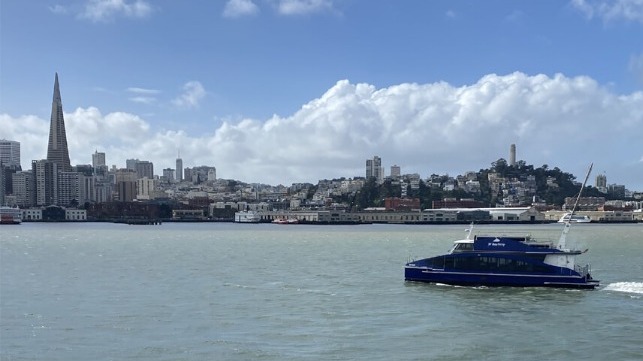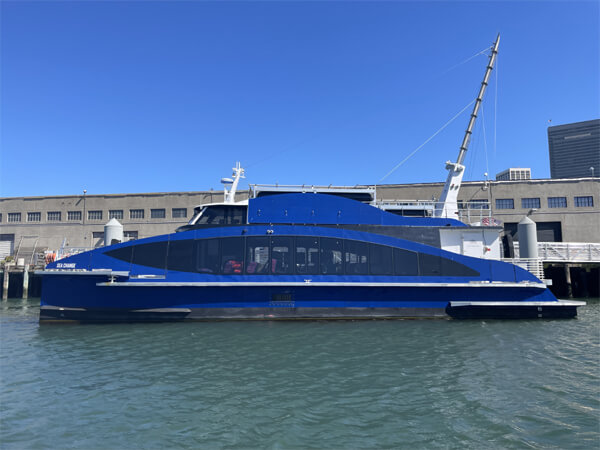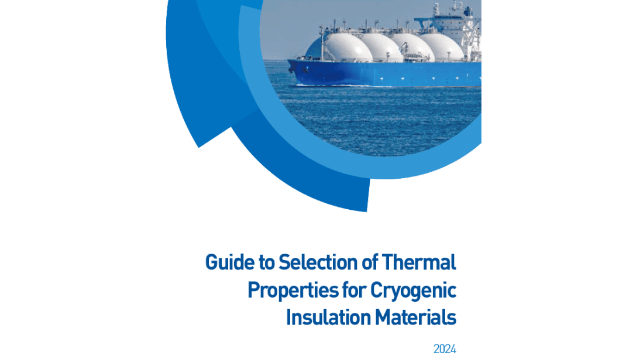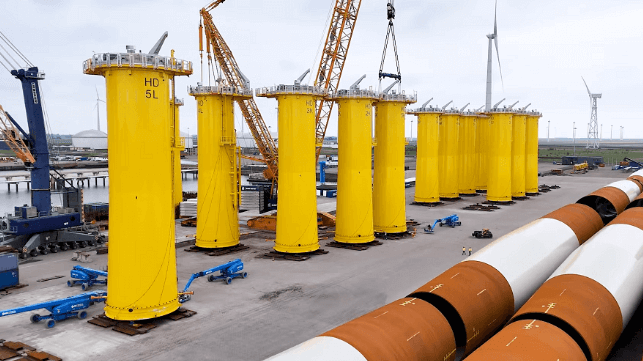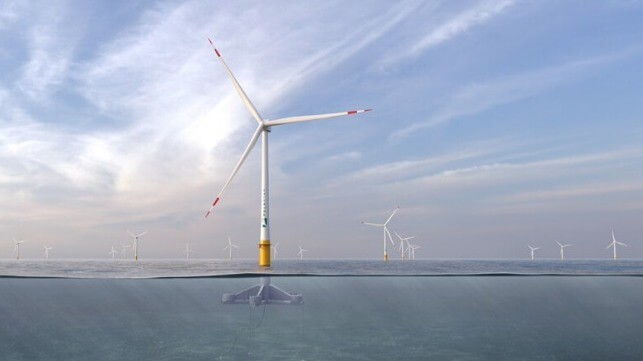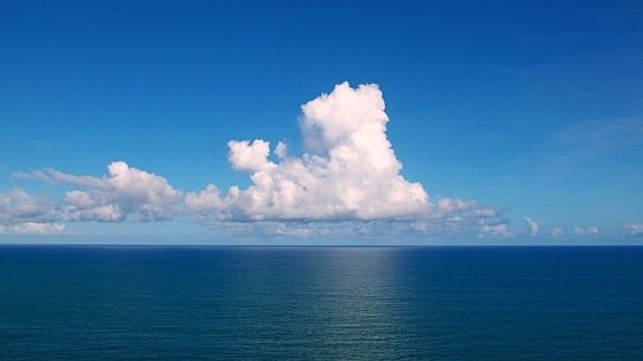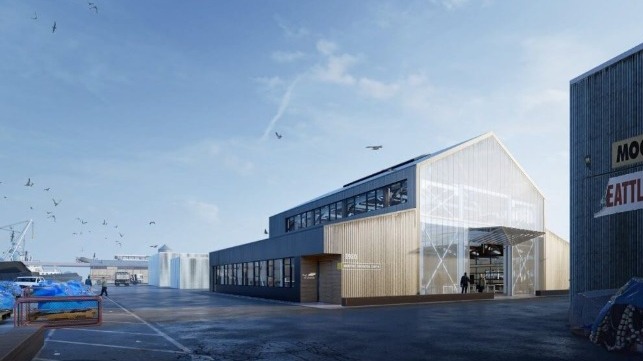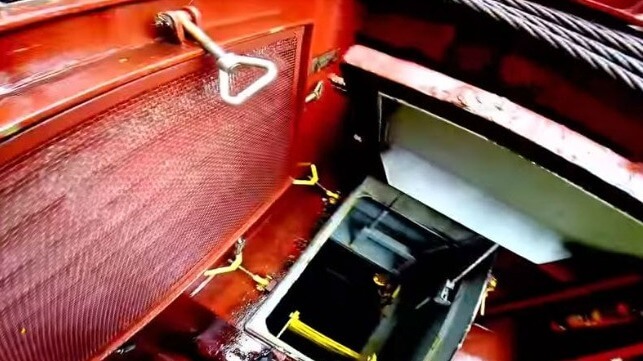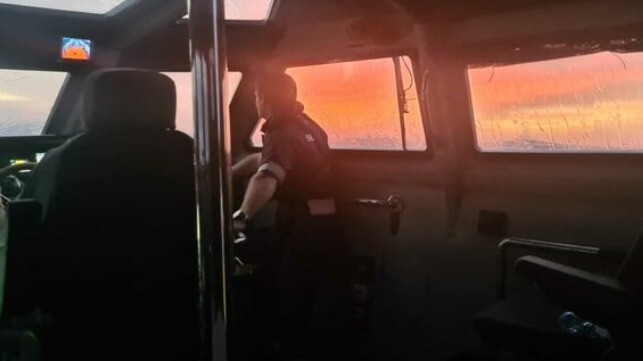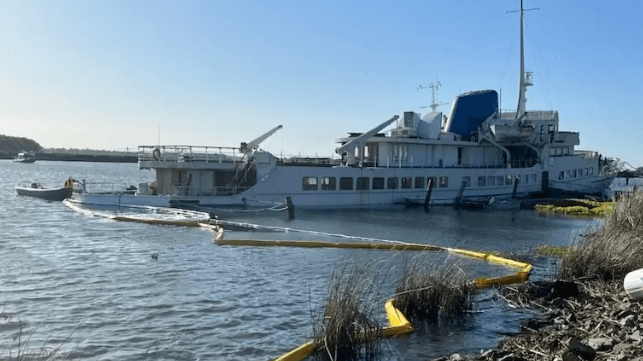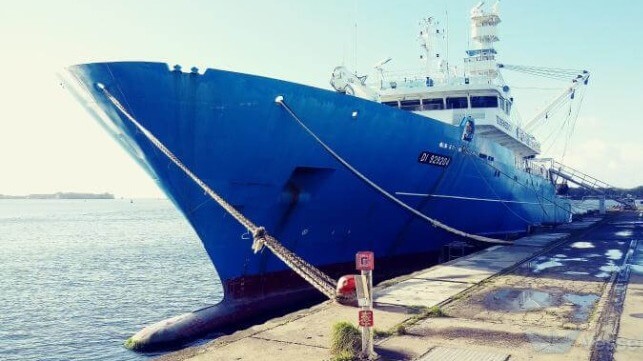Baltimore to Restore 24-Hour Channel Now that Dali was Removed
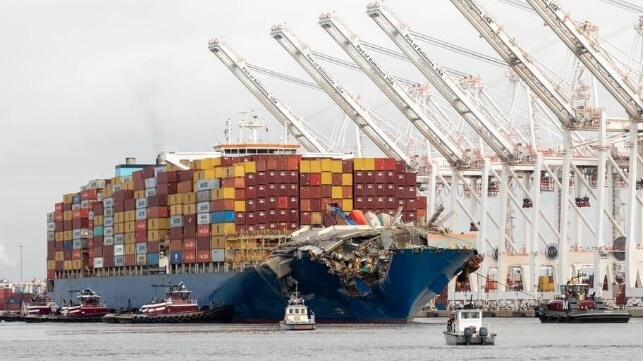
Baltimore continues to mark progress on the recovery operation for the port as it marked eight weeks since the allision that brought down the Francis Scott Key Bridge. During a briefing this morning, May 21, conducted by Maryland’s Governor Wes Moore and representatives of the operation, the U.S. Coast Guard reported that it expects to restore 24-hour access to the port as the effort continues on track to reach the goal of fully reopening the federal channel by the end of May.
The day after the Dali was refloated and relocated to the terminal, Rear Admiral Shannon Gilreath of the U.S. Coast Guard said a 400-foot wide and 50-foot deep channel would be opening. He reported that over 500 vessels have already used the alternate channels established around the wreck site.
At this point in the recovery, they highlight that there is no longer visible steel above the waterline outside the channel. State-led efforts are continuing in those areas and they expect to complete clearance outside the channel in June. In both areas, they are now working to remove debris that was embedded into the mud down to a depth of 10 to 15 feet.
Since the beginning of the operation, the Governor said over 10,000 tons of steel have been removed. In the next week, he expects more than 20 vessels will be entering the harbor using the expanded channel. However, they remain committed to completing the clearance to fully restore the full 700-foot channel.
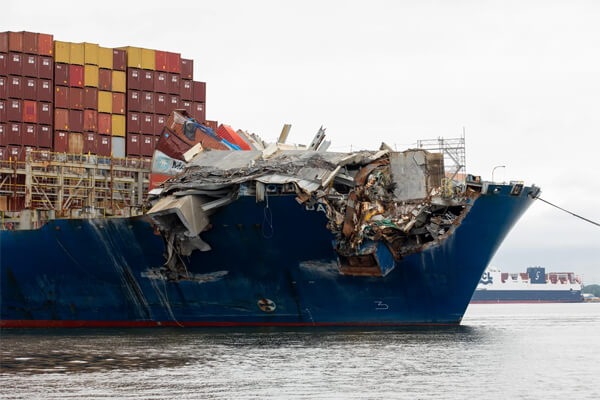
Unobstructed view shows the extent of damage and debris on the bow of the Dali (USACE)
The Dali is expected to remain at the berth for four to six weeks while additional debris is cleared from the ship and investigations proceed. Damaged containers will also be removed and initial repairs made to the vessel which is expected to then transfer to Norfolk, Virginia. Claims consultant WK Webster is saying the laden containers will be removed in Norfolk so that they can be transshipped on other vessels.
One point of focus for the media has been the crew of the Dali. Governor Moore said that arrangements are being made so that the crew can go ashore now that the Dali is on the dock. There was no discussion of the crew going home.
Moore pointed out that the investigation is ongoing into what Lloyd’s he said has called likely the most expensive maritime casualty in history. When asked about the facts released by the NTSB last week, Moore said “Some of the findings are troubling.” He repeated his conviction that the ones responsible “need to be held accountable.”
For the moment, they were pausing to mark what the Governor called an “unprecedented response.” He noted they had recovered the bodies of the six victims but that there had been no major injuries during the recovery operation.
He concluded by saying the projection to have a new bridge by 2028 is aggressive. Moore said however they need to continue to move speedily to ensure the full recovery.
Georgia Sets RoRo Record as Industry Grows and Baltimore Vessels Divert
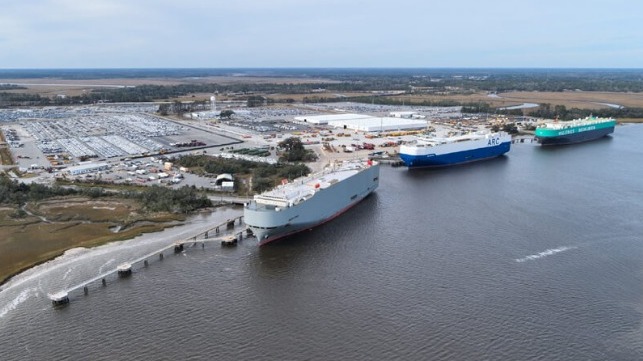
The Port of Brunswick, Georgia, which had the largest autoport by space in the U.S., achieved its largest month ever in April. While the port was aiding with the diversion from Baltimore, they also highlighted the strong growth in the U.S. auto market and efforts by manufacturers to increase inventory as the sector continues to recover from the pandemic.
The Georgia Ports Authority handled 80,600 units of RoRo cargo in April, an increase of more than 44 percent or 24,760 units versus April 2023. Approximately 9,000 import vehicles and 1,000 high/heavy equipment they reported had been diverted from the Port of Baltimore. The port’s executives said they expected the impact of the diverted cargo will taper off in June as the Port of Baltimore restores full service. Vehicle carriers have already begun to enter Baltimore after the temporary channels were established.
Brunswick averaged 69,880 units per month during the first three quarters of FY 2024. Port officials highlighted that heavy equipment was up by 500 units in May compared to the monthly average of 246 units per month in FY 2024.
“Asian imports remain strong, but we are also seeing an uptick in vehicle exports, new customers have chosen Georgia Ports, and we have increased capacity for existing customers,” said GPA President and CEO Griff Lynch. “Additionally, manufacturers are working to raise dealership stocks from the current 14-day inventories to 30 days’ worth of vehicles.”
As a demonstration of the growth in the car industry, port officials highlighted that FY to date, Brunswick has seen a 19 percent increase in auto and machinery volume. So far, they have handled 709,545 units in nine months. For the full year in FY 2023, Brunswick handled 723,515 RoRo units.
March was also a record month with the port handling 77,236 units, a 21 percent increase which came before diversions from Baltimore increased. In March alone, Brunswick had a record 52 vessels, up by 11 from the prior year, and in the nine months of FY 2024, the port has seen 431 RoRo calls. They are projecting for the year the port will have 572 ships up from the prior record of 534 in FY2015.
They point out that 23 carmakers and 17 heavy machinery producers use the Port of Brunswick. Lynch has said that volume has grown as automakers expand production. The port’s processors have also captured additional market share in the South Atlantic region.
Software Issue Causes South Carolina to Close Charleston and Inland Ports
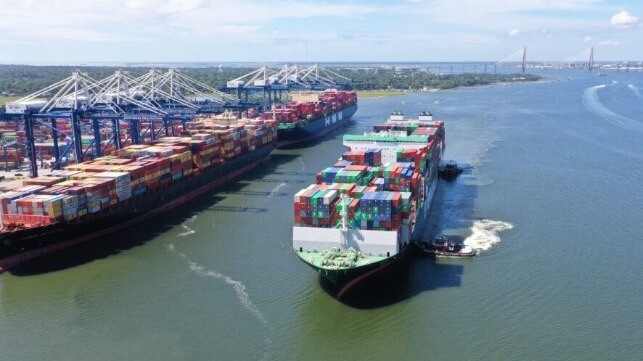
An unspecified “software issue” was being blamed for the unusual move of suspending all cargo operations at the Port of Charleston as well as South Carolina inland ports on Monday, May 20. The South Carolina State Ports Authority said that it is working with an outside vendor to restore operations as quickly as possible. While calling it a "fluid situation" the authority said it expected to reopen the ports at 5:00 a.m. on Tuesday, May 21, but has continued to delay saying there remain issues bringing the gate system back up. The next update is scheduled for 10:00 a.m. on Tuesday.
Media reports said the port authority identified the issue on Saturday. Initially, the port said on Sunday evening that it would be delaying the start of operations on Monday morning warning that no cargo would be picked up or dropped off until it was able to restore operations.
“Initial findings show that a software issue impacted a server,” the port said in an alert sent out Sunday evening. “This does not appear to be a cybersecurity issue.”
Port cybersecurity has become a hotly debated issue in the United States with the Biden administration reporting this spring that it directed the U.S. Coast Guard to increase its efforts and take steps with the ports on planning and increased security. It came in response to a contention that surfaced a year ago that highlighted China’s dominance in cargo cranes and related logistic software. There has been a move in the U.S. Congress to ban China’s logistics software and investigate the cargo cranes for potentially tracking cargo operations at the ports. As part of the administration’s initiative, ports were required to undertake a survey and report to the Coast Guard.
South Carolina ports initially said it expected to resume operations by 10:00 a.m. this morning but issued an update at 8:00 a.m. delaying the opening of the gates and cargo operations till noon. Two hours later they again delayed the opening pushing it back to 2:00 p.m.
“We do not anticipate systems being fully functional for the remainder of the day at all SC Ports marine terminals and inland ports,” the authority said in a later update. “We are reintroducing systems as they become available.”
The Port and Courier newspaper in Charleston reports that three containerships were already docked at the main terminal in Charleston and that the port authority told it they could continue working those ships. The reports said however that no cargo was being loaded to trucks and that the gates were closed.
Other containerships were holding off at anchor or not scheduled to arrive at the port until tomorrow. Similarly, the terminal for RoRos was not expecting its next arrival until late tomorrow. The port’s one cruise ship, Carnival Sunshine, was able to depart as scheduled on its cruise on Sunday evening.
The Port of Charleston reports at 52 feet, it is the deepest harbor on the U.S. East Coast. It handles approximately 215,000 TEU per month and last month saw a 40 percent increase in monthly vehicle volume to over 18,000 cars and trucks.
It is the eighth-largest container port in the United States. In addition to the two marine cargo terminals and one vehicle terminal, the state has two rail-served inland ports.

